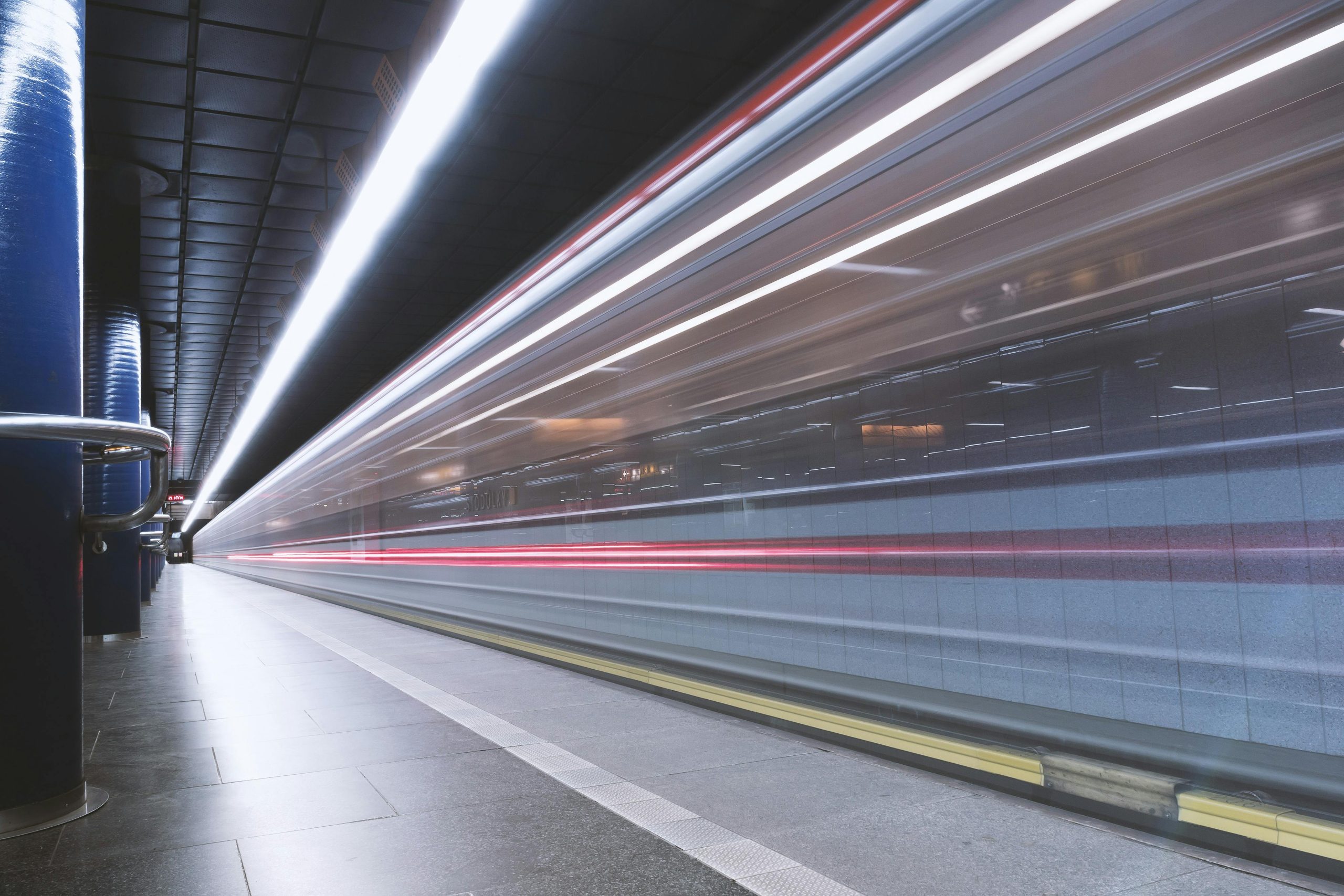Enhancing London’s Tube Commute: Prioritizing Comfort Through Line Selection
London’s transport network, operated by Transport for London (TfL), offers a diverse range of rail lines, each with varying levels of comfort and modernity. While some lines feature recent upgrades and amenities, others remain rooted in older infrastructure that can significantly impact passenger experience. By evaluating these differences, commuters can make informed decisions to optimize their daily journeys—balancing travel time with comfort.
Assessing Comfort Across TfL Rail Lines
A comparative analysis of TfL rail lines reveals notable disparities in amenities such as air conditioning and the age of rolling stock. Below is an illustrative ranking, considering key comfort factors:
| Rank | Line | Air Conditioning | Rolling Stock Year |
|——-|—————————|———————|———————|
| 1 | Elizabeth Line | Yes | 2017 |
| 2 | London Overground | Yes | 2010 |
| 3 | Metropolitan Line (S8) | Yes | 2010 |
| 4 | Circle Line (S7) | Yes | 2010 |
| 5 | Hammersmith & City (S7) | Yes | 2010 |
| 6 | District Line (S7) | Yes | 2010 |
| 7 | Tramlink | Partial | 1998 |
| 8 | Victoria Line (2009 Stock) | Partial (cab only) | 2009 |
| 9 | DLR | No | 1987 |
| 10 | Jubilee Line (1996 Stock) | No | 1996 |
| 11 | Northern Line (1995 Stock) | No | 1995 |
| 12 | Central Line (1992 Stock) | No | 1992 |
| 13 | Waterloo & City | No | 1992 |
| 14 | Piccadilly Line (1973 Stock)| No | 1973 |
| 15 | Bakerloo Line (1972 Stock) | No | 1972 |
Prioritizing the most comfortable lines—such as the Elizabeth Line and London Overground—can significantly enhance comfort, especially during peak hours or long journeys

